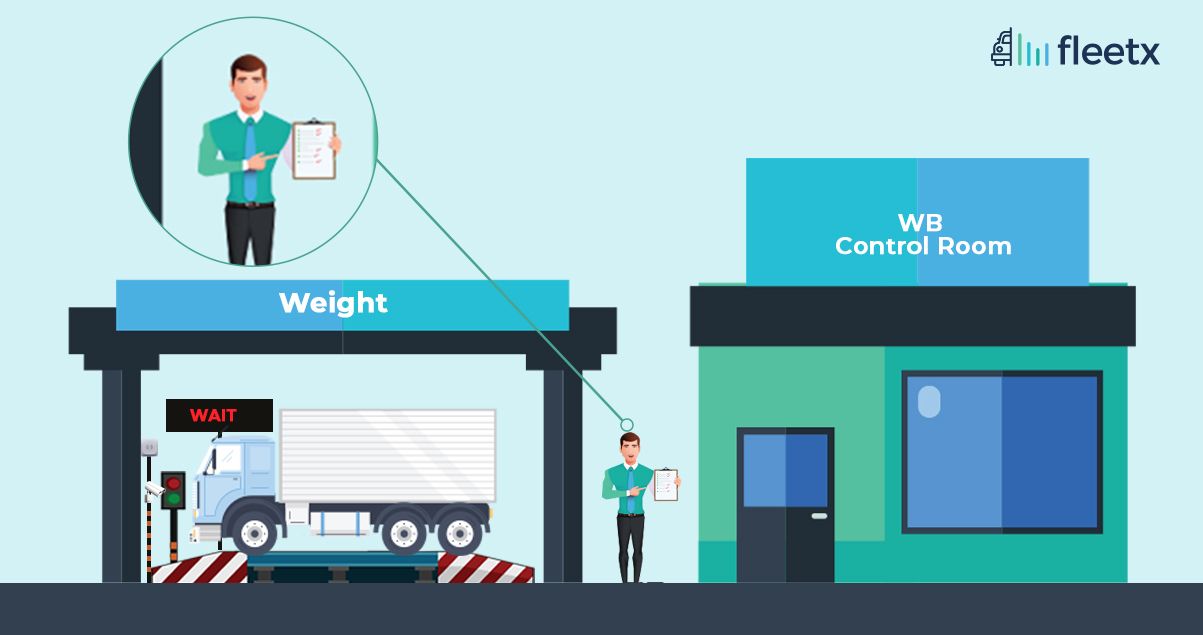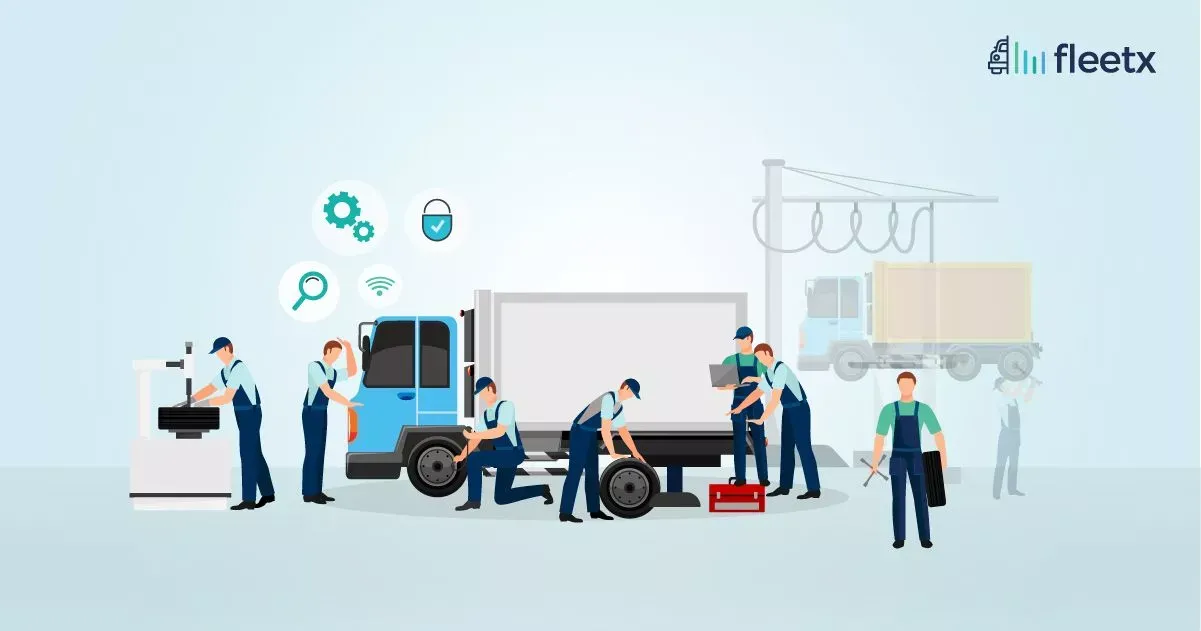
Weighbridge for manufacturers and businesses provides a very simple purpose of weighing goods. Now the requirement to weigh goods differs across businesses, with each using it to weigh the vehicles carrying goods into the facility and leaving the facility. For certain industries like mining, accurate weight measurement of trucks carrying goods is critical for their businesses. Inaccurate weight measurement can have severe consequences, including loss of revenue, return of a shipment, and audit-related issues, among others. Thus, businesses in such industries need to ensure that the system they have implemented for weighing goods entering or leaving the facility is of the highest possible accuracy.
Factors affecting the accuracy of weighbridges
Several factors affect the accuracy of weighbridges. A 2013 study from New Zealand focusing on the logging industry interviewed weighbridge operators, suppliers and government weights and measures staff in New Zealand and found four sources of variation that affect the accuracy of weighbridges. These sources include mechanical, environmental, truck, human and system-related variations. Although it's difficult to put a number on how various factors affect the accuracy of weighbridge measurement, in this case, all these sources combined showed that it could be as much as 4% of the total payload. However, a more general understanding of factors affecting the accuracy of weighbridges can help us classify the factors into human-related errors, mechanical errors and environmental errors.
Human-related errors
All kinds of devices that require any form of human input are vulnerable to human-related errors. In the case of weighbridge systems, these errors can include someone being inside the truck while weighing, as it can result in increasing vibrations that can affect readings. If the truck is not fully rolled onto the weighbridge scale, the weighbridge will return inaccurate readings.
Mechanical Errors
Several mechanical errors can lead to inaccuracy in weight measurement. For example, the load cell or load sensor quality, one of the most important components of weighbridges, can affect the weighbridge accuracy. Thus, businesses must install good-quality load cells for accurate weight measurement. Once the truck is loaded onto the scale, the load cell bends, converting the mechanical force of loading into an electrical signal. Moreover, the load itself can often lead to inaccuracies depending on how the load is applied to the load cell on the scale. At times, the load is not applied to each cell properly as specified by the manufacturer, and improperly applied loads, such as twisted load, can lead to inaccurate measurement. Lastly, if the floor on which load cells are placed is not strong enough or the load rests on check-rods, bumpers, or other stabilising elements, the output can change and provide inaccurate results.
Environmental Errors
While weighing the load, only the weight force must be transmitted to each load cell of the weighbridge. Other environmental forces, including wind loading, shock loading, vibration, large temperature changes, and pressure differentials, can produce errors in the load cell signal, thus, returning inaccurate readings. When weighbridges are installed outdoors, strong crosswinds on the weigh vessel exert forces on the load cells in addition to the truckload leading to load cells on each side experiencing a differing weight. Shock loads resulting from heavy material being dumped on the weighbridge that’s higher than the system’s rated capacity can damage the system. Vibrations from the nearby equipment can also be interpreted by load cells as an additional force leading to inaccurate readings. Lastly, dust accumulation under the scale can also lead to inaccurate weight measurement by the system.
Tackling accuracy issues in weighbridges
So far, we have developed a good understanding of different sources of errors that can occur in weighbridges. Moreover, we also understood how different factors affect weight measurement. Now, let's look at how businesses can consistently ensure more accurate cargo measurements. Timely maintenance is crucial to ensure any device's or machine's longevity, and the weighbridge is no different. An industrial weighbridge in a commercial facility undergoes a lot of heavy usage, but the operator often overlooks its maintenance. Consequently, the accuracy of the weighbridge suffers over time, resulting in inaccurate readings or total breakdown. There are several other benefits of providing timely maintenance to weighbridge systems.
- It improves the longevity of the installed weighbridge system.
- It ensures weighing accuracy and reduces the chances of error.
- It prevents the weighbridge from major damage, thus, preventing total breakdown.
- It drastically reduces the cost and requirement of frequent repairs.
- It improves the overall efficiency of the operation.
In essence, providing timely and consistent maintenance to weighbridges is the key to ensuring longevity and weighing accuracy. But then, how should a business go about maintaining its weighbridge systems? Is there a checklist? The answer to that question is a resounding yes. However, the exact procedure for weighbridge maintenance and operation can differ depending on the use case; a general checklist applies to most businesses and their operations.
Checklist for weighbridge maintenance
As suggested, a general checklist for weighbridge maintenance can be divided into four parts: Daily, Weekly, Monthly and Annually. Operators or businesses must consistently ensure timely maintenance across all four categories to ensure accurate weighing by weighbridges.
Daily Maintenance
Weighbridges require proper cleaning to ensure that no dust or other material is stuck either on the scale or under it that can adversely affect the proper function of the load cells. The problem of dust and debris settling in the weighbridge system is common in the weighbridges used by businesses in the mining industry. Thus, daily inspection for the same needs to be carried out, and weighbridges should be properly cleaned through any means necessary.
Weekly Maintenance
In addition to the daily maintenance, which can be done at a more surface level, weekly maintenance needs to be more thorough to check issues with the mechanics of the weighbridge. Operators can employ the end-middle-end test, a popular test for detecting any mechanical error or obstruction in the weighbridge. To conduct this test, the operator needs to place the truckload at the weighbridge's start, middle and end and take the measurements, respectively. The readings obtained at all three positions need to be compared and ideally return the same values with minimal discrepancy. If the variation between readings is high, there is a high chance that there is an issue with the mechanics of the weighbridge and thus would require immediate attention.
Monthly Maintenance
Monthly maintenance can be a combined and more thorough version of the daily and weekly maintenance routine. First, conduct a weekly end-middle-end test. Secondly, the platform needs to be inspected to check whether there has been any movement or tilt in its positioning since its last calibration. If needed, get a weighbridge calibration done for the weighbridge system. Inspect the entire weighbridge for visible damage to the load cells or other parts. Then, use a jet spray or air spray, depending on the suitability of the weighbridge, to get rid of any dirt or debris that can affect the accuracy. However, one needs to be careful with the jet spray or air spray not to damage any load cell or waterlog the junction box below the scale. Lastly, zero the weighbridge, conduct a final end-middle-end test, and compare the readings with the previously measured readings for any major discrepancy.
Annual Maintenance
In certain parts of the world, like the United Kingdom, there is a legal requirement to ensure that weighbridges meet the stated accuracy (within certain tolerances) at all times; businesses are legally required to get their weighbridges calibrated every 12 months for compliance purposes. There are typically four key tests for weighbridge calibration that includes,
- Zero point (no load)
- Working measuring range (span)
- Linearity and Hysteresis (loading and unloading)
- Eccentric error (corner loading)
Other considerations
- In the case of driver-operated weighbridges or Weighbridge Automation Solution (WAS), businesses need to ensure the proper functioning of all the features like traffic lights, displays, cameras, barrier gates, etc., on a particular period to avoid any disturbance in the working of the weighbridge.
- Using a feeder, specially designed loading channel or similar devices can control the material flow onto the weighbridge, thus, minimising the risk of damages due to shock loading.
Conclusion
The checklist provided in this article is general and can be used by businesses across all sectors. Following our checklist for weighbridge maintenance will ensure businesses follow a consistent schedule for timely maintenance of the weighbridge, thus improving the longevity and accuracy of their installed weighbridge system. However, it is important to know that several other factors can affect the performance and accuracy of the weighbridge. Businesses must consider their requirements and other conditions to prepare a more focused checklist for maximum impact.







